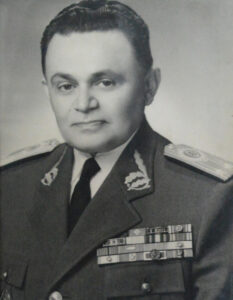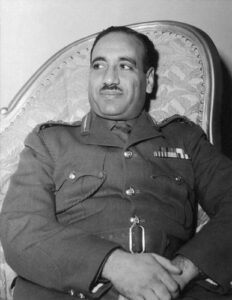Nations Presidents Killed In Air Crashes
Iran’s President, Ebrahim Raisi, 19 May, 2024.

Iran’s President Ebrahim Raisi was killed in a helicopter crash on Sunday, 19 May 2024.
The helicopter in which he was traveling crashed amid heavy fog and rain in Iran’s East Azerbaijan province. He died along with the country’s Foreign Minister, Hossein Amir-Abdollahian.
Iran’s President Ebrahim Raisi, a hardliner long seen as a potential successor to Supreme Leader Ayatollah Ali Khamenei, was killed in a helicopter crash in mountainous terrain near the Azerbaijan border, officials and state media said.
His death has shocked Iran and the wider world, with some asking why the helicopter was allowed to be flown in such poor weather.
Here is a list of previous incidents.
Pakistan President Muhammad Zia-ul Haq, 1988
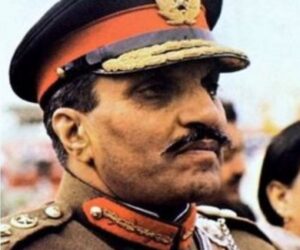
Pakistan President Muhammad Zia-ul Haq was killed in a plane crash, alongside the US ambassador and several top Pakistani military officials, in August 1988.
The C-130 plane exploded minutes after it took off from an airbase in the Pakistani city of Bahawalpur.
Pakistani and US authorities called the crash an accident, despite speculation.
Rashid Karami, Prime Minister of Lebanon (1987)
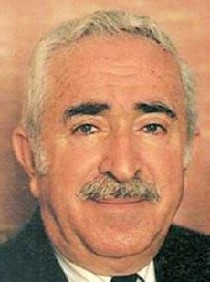
Rashid Karami, Lebanon’s most frequently elected Prime Minister, was a prominent figure during the Lebanese Civil War.
On 1 June 1987, Karami was killed after a bomb was placed in his Aérospatiale Puma helicopter en route to Beirut. The bomb weighed about 300 gm. Its remote control trigger had a range of 10 km. It was fixed to the back of his seat and exploded shortly after taking off from an army airfield while flying from Tripoli to Beirut. Karami was the only one killed in the blast. Interior Minister Abdullah Rasi and at least three of a dozen other aides and crew members aboard the helicopter were reported wounded. Maronite militia leader Samir Geagea was accused in 1994 of this assassination.
Rwanda President Juvenal Habyarimana, 1994
Rwandan President Juvenal Habyarimana was killed when his plane was shot down in 1994, in an event widely considered to be the start of the genocide in the country.
Habyarimana – of the Hutu majority – had signed a peace deal with the Tutsi rebels and was flying to the Rwandan capital when a missile hit his plane.
The investigation was a major point of contention between France and Rwanda.
In December 2016, French judges dropped the long-running investigation. Then in 2020, the appeals court in Paris rejected a request to reopen the inquiry.
President of Burundi, Cyprien Ntayamira, 1994
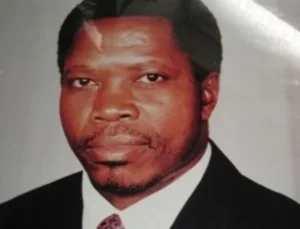
On 6 April 1994 Ntaryamira attended a regional summit in Dar es Salaam called by Mwinyi to discuss maintaining peace in Burundi. However, the focus of the meeting quickly turned toward the implementation of the Arusha Accords, a peace agreement designed to end the Rwandan Civil War. The delegates chastised President Habyarimana for stalling the peace process, and Ntaryamira criticized him for heightening local tensions and thereby jeopardizing the national security of Burundi.
Once the summit was over, Ntaryamira reportedly asked Habyarimana if he could be taken home aboard the Rwandan Dassault Falcon 50 presidential jet, which was faster than his own propeller-driven plane. A stop in the Rwandan capital, Kigali, would also allow him to pick up his wife who was there. Habyarimana agreed and allowed Ntaryamira to accompany him along with two Burundian ministers. Some observers have speculated that Habyarimana feared he was in danger and thought that the presence of another head of state on his aircraft would deter attacks. At 8:23 PM as the jet was approaching Kigali International Airport, two surface-to-air rockets were fired, with the second missile striking it. The plane crashed, killing all aboard. The precise identity of the attackers who launched the rockets remains unknown. Some people believe Hutu extremists unhappy with Habyarimana’s decision to sign the Arusha Accords were responsible, while others have alleged that Rwandan rebel leader Paul Kagame ordered the assassination.
President of North Macedonia Boris Trajkovski, 2004
Poland President Lech Kaczynski, 2010
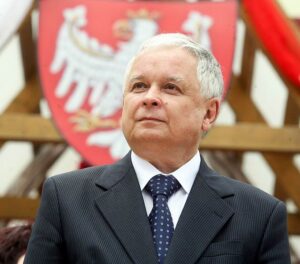
Polish President Lech Kaczynski and 95 others were killed when their plane crashed on April 10, 2010, as it approached the airport in the Russian town of Smolensk. T
The crash was attributed at the time to thick fog.
The Polish Foreign Ministry said that the plane caught fire after the crash. Kaczynski’s wife, the head of the Polish army, and the governor of the central bank were also on the plane.
In April 2022, a Polish government special commission released a report alleging that the crash was the result of a Russian assassination plan.
The plane crash was the result of “an act of unlawful interference by the Russian side,” the head of the commission, Antoni Macierewicz, said at the time.
The report followed years of allegations made by government officials and was just two months after Russia invaded Ukraine.
Two separate Russian and Polish investigations that had been previously conducted found no evidence of a deliberate assassination attempt.
Former Chilean President Sebastian Pinera, 2024
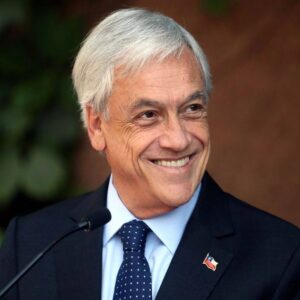
Chile’s former president Sebastian Pinera died from drowning after his helicopter crashed into a lake in the south of the country in February.
Pinera, 74, was flying the helicopter that crashed into Lake Ranco, about 900km from the capital Santiago.
Four other people were on board, three of whom survived the crash.
Bad weather was reported in the area.
Mozambique’s President, Samora Machel, 1986.

On 19 October 1986, Machel attended a summit in Mbala, Zambia, called to put pressure on Zairean dictator Mobutu Sese Seko, over his support for the Angolan opposition movement UNITA. The strategy of the Front Line States was to move against Mobutu and Banda in an attempt to end their support for UNITA and Renamo, who they regarded as South African surrogates. Although the Zambian authorities invited Machel to stay in Mbala overnight, he insisted on returning to Maputo. He had a meeting scheduled for the following morning at which he intended to reshuffle the leadership of the armed forces. Machel thus overrode the instruction from the Security Ministry that the President should not travel at night – with fatal consequences. The plane never reached Maputo. That night it crashed into a hillside at Mbuzini, just inside South Africa. Machel and 33 others died. Nine people sitting at the back of the plane survived.
The Margo Commission, set up by the South African government, but which included high-level international representation, investigated the incident and concluded that the accident was caused by pilot error. Despite the acceptance of its findings by the International Civil Aviation Organization, the report was rejected by the Mozambican and Soviet governments. The latter submitted a minority report suggesting that the aircraft was intentionally lured off course by a decoy radio navigation beacon set up specifically for this purpose by the South Africans. Speculation about the accident has therefore continued to the present day, particularly in Mozambique.
In 2007, however, Jacinto Veloso, one of Machel’s most unconditional supporters within Frelimo, had sustained in his memoirs that Machel’s death was due to a conspiracy between the South African and the Soviet secret services, both of which had reasons to get rid of him.
Humberto de Alencar Castelo Branco, President of Brazil (1967)![]()
Humberto de Alencar Castelo Branco, the 26th President of Brazil and a key figure in the former military dictatorship, died on July 18, 1967. Shortly after his presidency ended, Castelo Branco’s Piper PA-23 Aztec collided mid-air with a Brazilian Air Force Lockheed T-33, leading to his death. His passing was shrouded in controversy and conspiracy theories.
Ramon Magsaysay, President of the Philippines (1957)

Ramon Magsaysay, the seventh President of the Philippines, was known for his strong anti-corruption stance and populist appeal. His presidency was abruptly ended on March 17, 1957, when his plane, a C-47 dubbed “Mt. Pinatubo,” crashed into Mount Manunggal in the city of Cebu. Of the 25 passengers, only one survived.
Abdul Salam Arif, President of Iraq (1966)![]()
Abdul Salam Arif, the second President of Iraq, played a crucial role in the 1958 revolution that overthrew the monarchy. On April 13, 1966, Arif died when his Iraqi Air Force plane, a de Havilland DH.104 Dove, crashed near Basra. His brother, Abdul Rahman Arif, succeeded him as president.
Arvid Lindman, Prime Minister Of Sweden (1936)
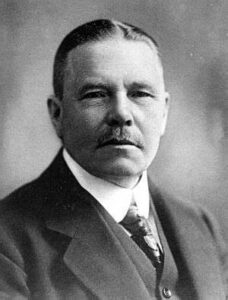
Salomon Arvid Achates Lindman, a Swedish rear admiral and two-time Prime Minister of Sweden, was an influential conservative politician. On December 9, 1936, Lindman died in a tragic accident when the Douglas DC-2 he was aboard crashed into houses near Croydon Airport in the United Kingdom, shortly after takeoff in thick fog.
Nereu Ramos, President of Brazil (1958)
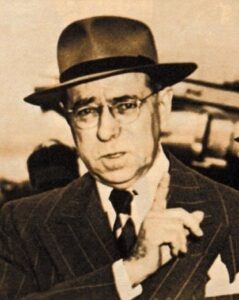
Nereu Ramos, who briefly served as interim president of Brazil, died on June 16, 1958. Ramos was traveling on a Cruzeiro do Sul airliner when it crashed near Curitiba Afonso Pena International Airport in the state of Parana.






